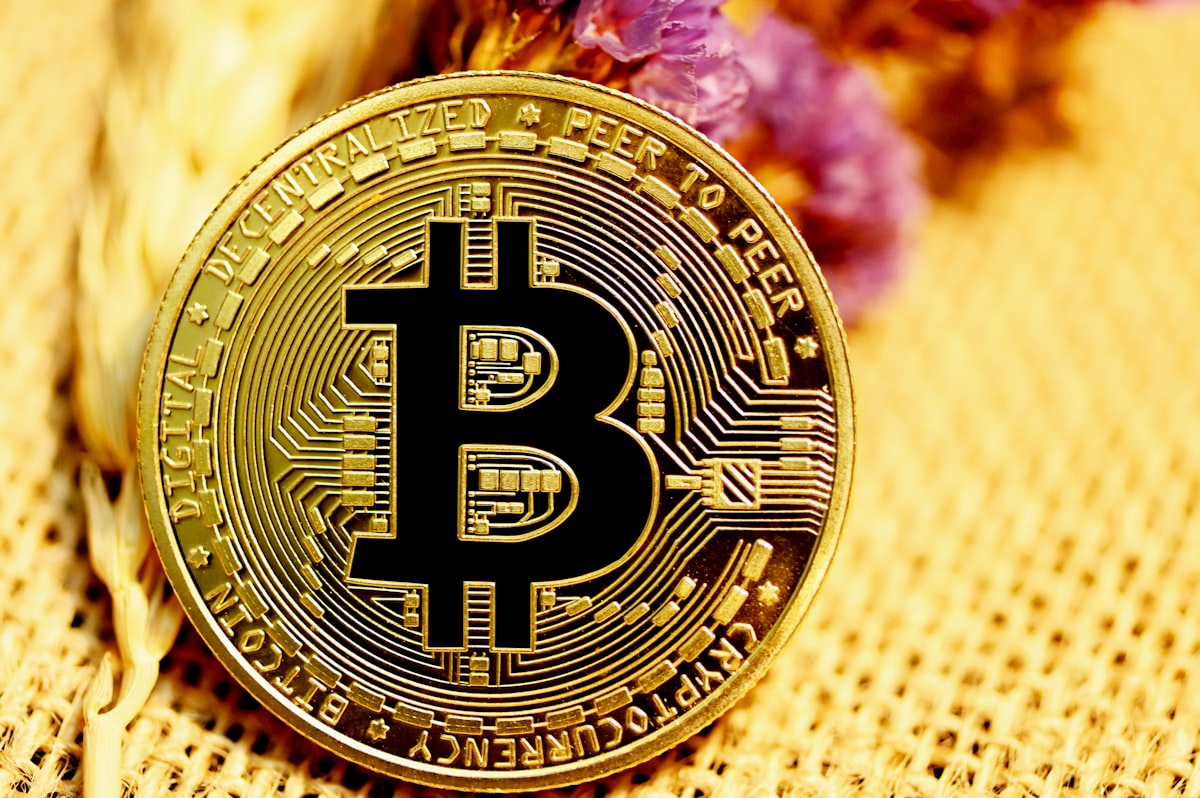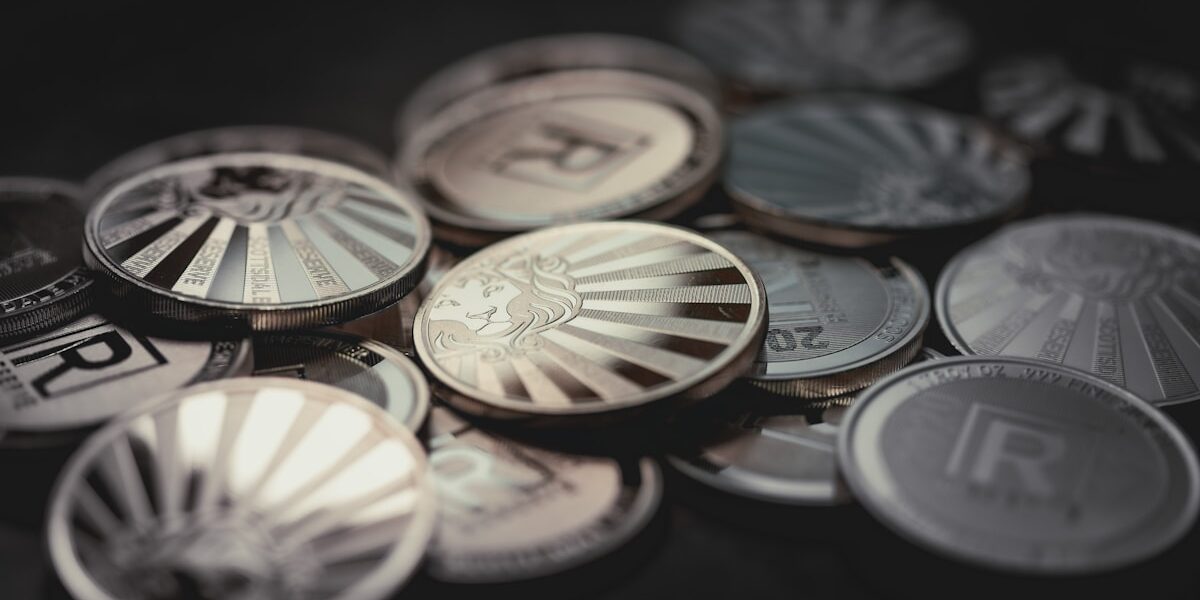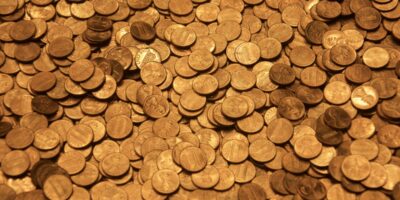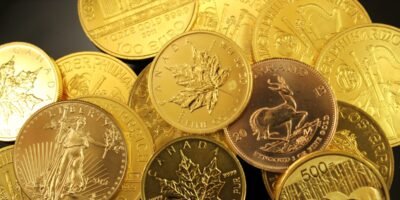The 1909 Penny: Value and Historical Context
The 1909 penny holds a special place in the world of coin collecting. Depending on its condition and specific variant, this coin can be valued quite differently. A cornerstone of the early 20th-century U.S. currency, the 1909 penny saw the introduction of the Lincoln cent, which set the stage for years to come.
1909 Penny Variants

The 1909 penny comes in several variants. The most notable are the Lincoln Wheat Cent and the Indian Head Cent. The Lincoln cent was first introduced in 1909, marking Abraham Lincoln’s centennial birth year. This marked the first time a real person’s likeness appeared on a regular U.S. coin. Additionally, a small series of 1909 Lincoln pennies were struck with Victor David Brenner’s initials (V.D.B.) on the reverse. These “V.D.B.” pennies are rare and sought after by collectors.
At the same time, the Indian Head cents were concluding their production. This overlap provided a unique situation for collectors. Both series offer varying degrees of rarity and value.
Lincoln Wheat Cent Variants
- 1909 V.D.B.
- 1909-S V.D.B. (the “S” denotes the San Francisco mint)
- 1909 No V.D.B. (Philadelphia mint)
- 1909-S (San Francisco mint without V.D.B.)
The 1909-S V.D.B. is particularly valued due to its limited production. With only 484,000 coins released, it is in high demand.
Indian Head Cent
1909 marked the transition year for the Indian Head cent as they were phased out. These coins were minted only in Philadelphia that year. While not as rare as their Lincoln counterparts, collectors still prize them.
Factors Affecting Value
Several factors influence the value of a 1909 penny. These include rarity, demand, and condition. Condition plays a significant role and is assessed using grading standards. Coins are evaluated on a scale ranging from Poor (P-1) to Mint State (MS-70).
Grading Criteria
- Poor (P-1): Date and features barely visible.
- Good (G-4): Date and major elements visible but worn.
- Fine (F-12): Moderate wear, details more clearly defined.
- Very Fine (VF-20): Light to moderate wear on higher points of the design.
- Extremely Fine (EF-40): Light wear only on highest points.
- About Uncirculated (AU-50): Slight trace of wear.
- Mint State (MS-60 to MS-70): No signs of wear, fully intact luster.
For the 1909 penny, uncirculated or mint state coins fetch a premium price. Coins that have remained untouched often carry the most value.
Historical Significance
The 1909 penny tells a story of change and commemoration in American history. The transition from the Indian Head to the Lincoln cent honored Abraham Lincoln’s influence. It also introduced artistic design changes influenced by cultural shifts at the time. Brenner’s original design with his initials led to public debate due to its prominent placement. The issue, however, was quickly resolved with alternative designs.
The choice of Lincoln’s image marked a shift toward using historical figures on currency. This change paved the way for the designs many coins hold today. It also represents the first time a U.S. President’s image would be a permanent fixture on a coin.
Market Trends and Collecting Tips
The market for 1909 pennies is dynamic. Prices fluctuate based on economic conditions and collector interest. In recent years, numismatics—the study or collection of currency including coins—has seen increased attention. Increased interest brings both opportunities and challenges for collectors. Rare coins like the 1909-S V.D.B. remain a focal point within collections.
For those new to collecting, it is recommended to buy from reputable dealers or auctions. Knowledge about coin grading and current market trends can significantly aid in making informed decisions. Participate in numismatic communities and events to stay updated on best practices.
Investing in 1909 Pennies
Investing in coins requires careful consideration. Over the years, the value of 1909 pennies has proven relatively stable. Due to their historical significance and rare variants, they often appeal to investors. However, potential investors should remain aware of market variability. Coins offer a tangible asset, different from the abstract nature of modern investments. This tangibility presents both an advantage and a potential downside depending on market demand.
Always verify authenticity before purchasing. Counterfeits can occasionally appear, and authenticity confirmation or certification by a professional grading service ensures validity.
Conclusion
While we aim to provide detailed information in this post, always consider attaining knowledge from multiple sources. The 1909 penny remains an symbol of numismatic history, appealing to both avid collectors and investors. Its story reflects a significant era in American currency evolution.
Recommended Collecting Supplies
Coin Collection Book Holder Album – $9.99
312 pockets for coins of all sizes.
20x Magnifier Jewelry Loupe – $13.99
Essential tool for examining coins and stamps.
As an Amazon Associate, we earn from qualifying purchases.




Subscribe for Updates
Get the latest articles delivered to your inbox.
We respect your privacy. Unsubscribe anytime.